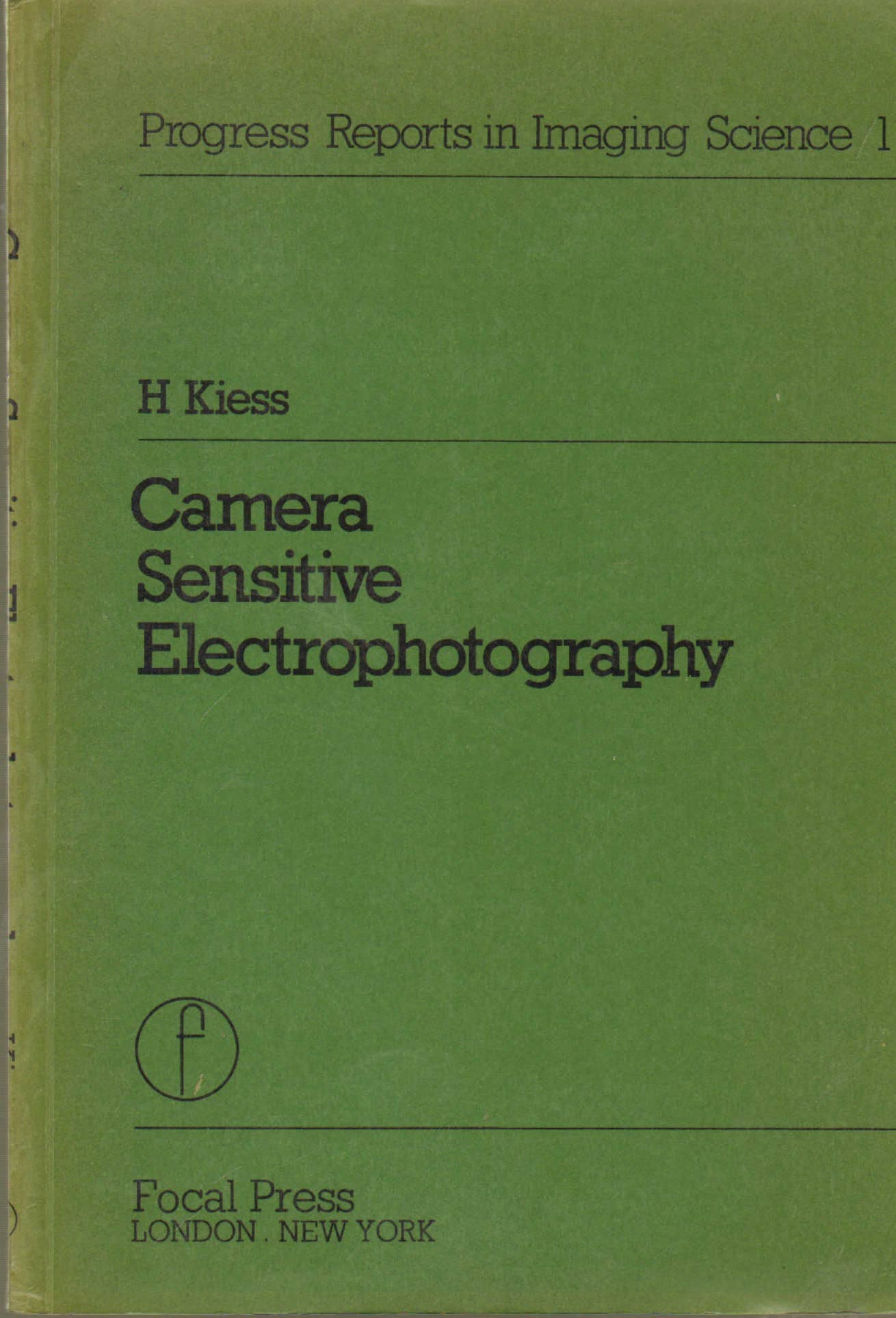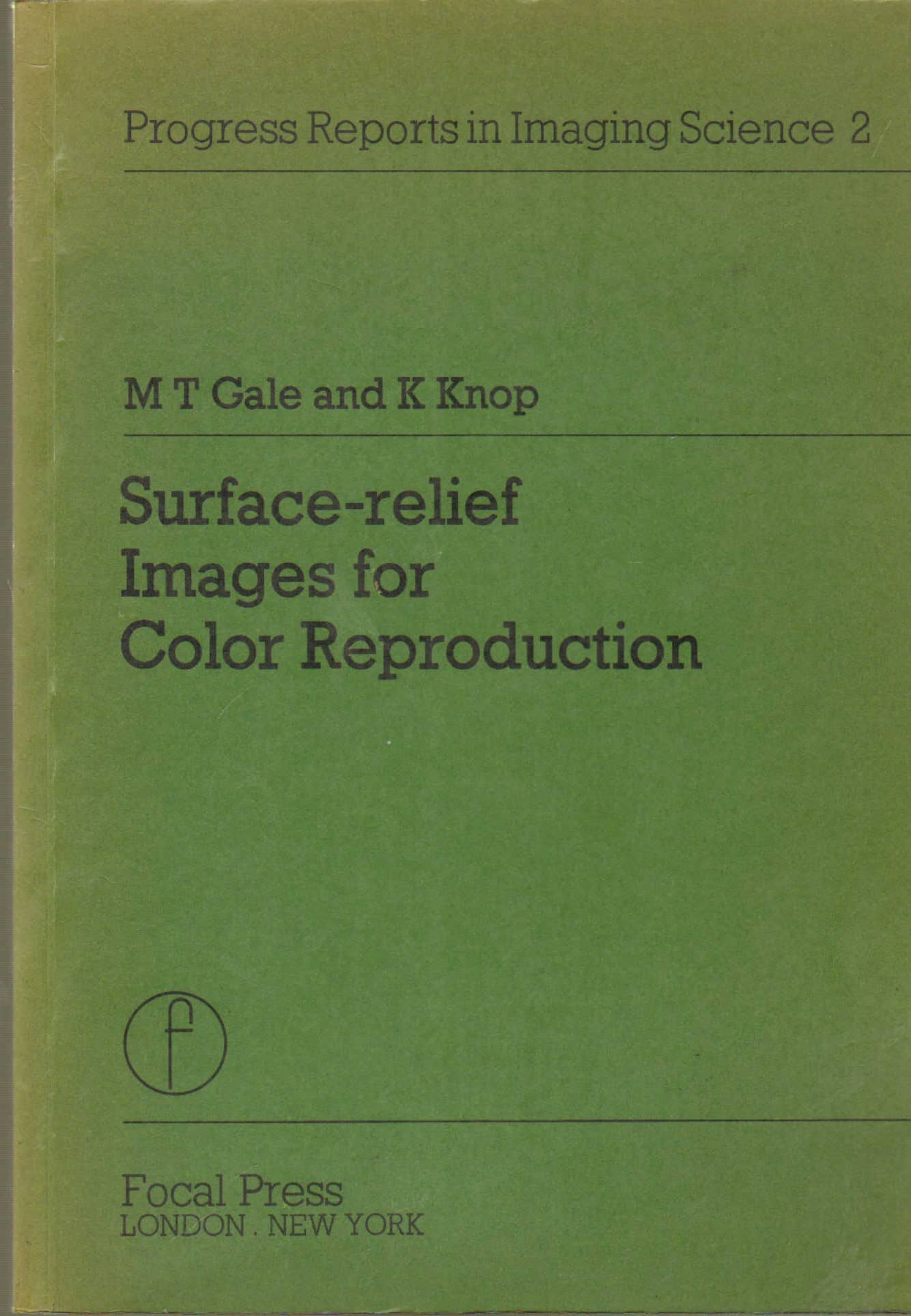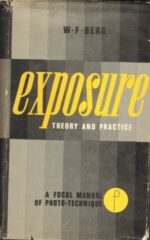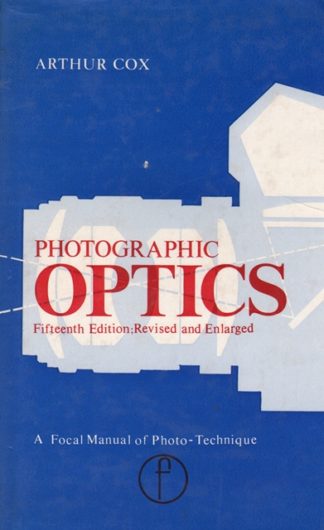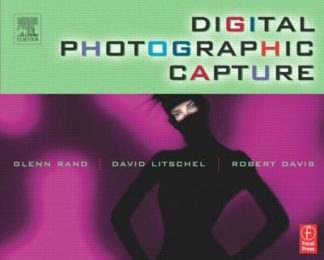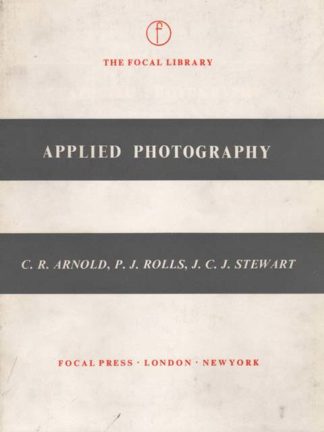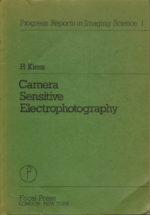Livre Épuisé.
Exemplaire avec marque d’usure et marque d’étagère sur la tranche de queue. Intérieur comme neuf.
2 Volumes Séparés Vendus Ensemble.
Volume 1 : Camera Sensitive Electrophotography
Le processus électrophotographique est conceptuellement simple et plus économique sur les nouveaux matériaux que la photographie aux halogénures d’argent. La formation de l’image latente par photoconduction et l’analyse de l’affichage par divers processus physiques et chimiques ont été étudiées et l’énergie requise dans chaque méthode calculée. Il est montré que la méthode électrophotographique peut être assez rapide pour les appareils photgraphiques amateurs.
Volume 2 : Surface-Relief Images for Color Reproduction
Les images en relief de surface ZOD sont des enregistrements en noir et blanc ou en couleur qui peuvent être produits par gaufrage dans des feuilles de plastique transparentes claires. Elles sont lues dans un lecteur de microfilms ou un projecteur de diapositives normal non modélisé en utilisant une lumière diffractée d’ordre zéro. Le procédé ZOD est un enregistrement binaire noir ou les couleurs entièrement saturées sont produites par des structures de surface-relief et du blanc, par des zones sans structure; le ton continu est obtenu par criblage.
SOMMAIRE Vol 1 :
– 1. Introduction
– 2. A Comparative study of various display schemes for electrostatic charge patterns
– 2.1. Characterizing parameters, physical and chemical effects for displays
– 2.2. General formulation of the problem
– 2.3. Change of optical properties
– 2.4. Deformation of surfaces
– 2.5. Electrochemical reactions
– 2.6. Electronic display
– 2.7. Movement of particles
– 2.8. Summary and comparison of the displays
– 3. The Efficiency of Photoreceptions in Electrophotography
– 3.1. Introduction
– 3.2. Efficiency and photocurrent
– 3.3. The Photogeneration of charge carriers
– 3.4. Transport Effects
– 3.5. Transport in semiconducting photoreceptors
– 3.6. Parameters of materials suited for highly efficient photoreceptors
– 3.7. Photoreceptor and display system
– 4. An experimental study of the Electrophotographic process
– 4.1. Introduction
– 4.2. CdSe as a Photoreceptor for Electrophotography
– 4.3. Charge transfer to insulating films
– 4.4. Results with an experimental camera
– 4.5. Summary and Discussion
– REFERENCES
The electrophotogrphic process is conceptually simple and more economic on new materials than silver halide photography. The formation of the latent image by photoconduction and analysis of the display by a variety of physical and chemical processes have been investigated and the energy required in each method calculatedL It is shown that the electrophotographic method may be fast enough for amateur cameras.
SOMMAIRE GÉNÉRAL Volume 2 :
– 1. Surface-Relief Images
– 2. Basic Principles of Read-Out by Diffraction
– 3. Color
– 4. Black-and-White
– 5. Information Storage an Reproduction
– 6. Photoresist Techniques
– 7. Image Recording using Metal Masters Blanks
– 8. Replication
– 9. Laser Beam Writing
References
ZOD surface-relief images are black-and-white or color recording which can be produced by embossing into clear transparent plastic sheets. They are read in a normal, unmodiefied microfilm reader or slide projector using Zero Order Diffracted light. The ZOD process is a binary recording black or fully saturated colors are produced by surface-relief structures and white, by areas with no structure ; continuous tone is obtained by screening.

